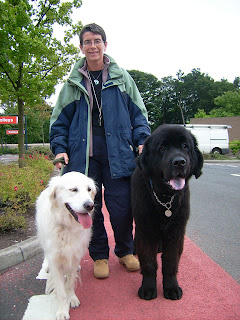We wish you all a very happy and peaceful 2010
Our greetings card can be viewed from link below
http://www.jacquielawson.com/viewcard.asp?code=2155577465279&source=jl999
 Bird which died hitting a power line.
Bird which died hitting a power line.


 watching the oyster catchers, black birds with bright red beaks, lining the shore. The sea gulls pick up the oysters they have fished out of the water, fly up to a height and then drop them, with the aim of smashing them open, so they can eat the contents. This is amazing to watch.
watching the oyster catchers, black birds with bright red beaks, lining the shore. The sea gulls pick up the oysters they have fished out of the water, fly up to a height and then drop them, with the aim of smashing them open, so they can eat the contents. This is amazing to watch.

 4. Xylitol
4. Xylitol 8. Avocados
8. Avocados
 Most came up to the cages to say hello, a few were shy and stayed back. They were all ages, mostly adult cats, one kitten. They were all in lovely condition.
Most came up to the cages to say hello, a few were shy and stayed back. They were all ages, mostly adult cats, one kitten. They were all in lovely condition. There are chairs for the volunteers to sit on and read a book, so the cats can have a cuddle and relax if they feel like it.
There are chairs for the volunteers to sit on and read a book, so the cats can have a cuddle and relax if they feel like it. Link to SPCA -Parksville & Qualicum Beach
Link to SPCA -Parksville & Qualicum Beach

 Both beautiful dogs, well mannered and very lovable.
Both beautiful dogs, well mannered and very lovable. This is to prevent him from sinking to the bottom, and to encourage him to swim. He was then gently led to the pool. He loves the water and couldn't wait to get in. The assistant then attached a pole to his vest to enable her to position him in the pool, and prevent him from reaching the far side
This is to prevent him from sinking to the bottom, and to encourage him to swim. He was then gently led to the pool. He loves the water and couldn't wait to get in. The assistant then attached a pole to his vest to enable her to position him in the pool, and prevent him from reaching the far side (click photo to see video)
(click photo to see video)
 Click photo to see video
Click photo to see video



 Foxy in his new safe home.
Foxy in his new safe home.
